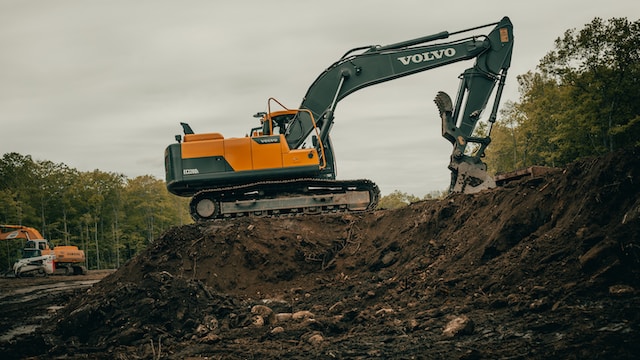Your pond is full of beneficial bacteria that do everything from breaking down organic matter to reducing nitrate levels. They are also present in our water and help clarify green water. If you’re looking for a way to increase your pond’s biodiversity, introduce beneficial bacteria. Read more about the benefits of pond bacteria.
Beneficial Bacteria are Everywhere.
Benefit bacteria are naturally occurring microorganisms that help the aquatic system maintain a balance of nutrients. They do this by converting nutrient-rich materials into inactive forms. In addition, they promote a healthy bacterial population that reduces nuisance algae blooms. Phosphorus is the limiting nutrient for algal growth in freshwater. Excess phosphorus increases the growth of filamentous and blue-green algae, which dominate ponds with too much phosphorus. The beneficial bacteria treatment contributes to the food web by converting organic matter into a form usable for fish and zooplankton.
They Break Down Organic Matter.
When you add pond bacteria to your water, you enhance the decomposition of organic matter in your pond. Biological augmentation is not necessary for corruption, but it can help. In addition to breaking down organic matter, bacteria help increase your water’s oxygen content. Bacteria help improve water quality by breaking down organic matter and releasing nutrients to plants and algae. They also help maintain water quality by reducing noxious odors, sludge accumulation, and hydrogen sulfide. Additionally, they give your fish a cleaner bottom, which they love.
They Convert Phosphorus.
The chemical analysis of phosphorus in pond water shows phosphate is a significant nutrient. It is a principal constituent of most soils and geological formations. However, it is the primary source of phosphorus in agricultural and municipal wastewater. It is also present as a complex chemical substance, orthophosphate, through hydrolysis. The chemical analysis distinguishes eight types of phosphorus. These types of phosphates can be classified by their reactivity with molybdate, particle size, and other characteristics.
They Reduce Nitrates
Choosing the right bacteria to grow in your pond is essential for a healthy ecosystem. The bacteria in your pond are responsible for reducing nitrates in your pond water, and they can help you maintain healthy nitrite levels in your pond. Pond Bacteria will naturally reduce nitrite and ammonia levels in your pond water. They do this by breaking down organic matter in your pond, and they will not kill your fish.
They Oxidize Ammonia
Certain pond microorganisms may oxidize ammonia. The majority of ammonia-oxidizing bacteria are beta and gamma proteobacteria. These bacteria respond to various variables, including dissolved reactive phosphorus levels, pond species, and pH, and can lower ammonia concentrations to trace levels.
They Reduce Nitrites
Adding pond bacteria is an excellent way to reduce the level of nitrites and ammonia in your pond. Added bacteria are not only beneficial to the environment, but they also reduce the availability of nutrients in the water. While it can take several weeks for the bacteria to start working, the benefits are well worth the time and effort. The bacteria will also help clarify the water and reduce the amount of green sludge.
They Prevent Pathogenic Outbreaks.
It’s not known how pond bacteria can prevent spring pathogenic outbreaks. A group of researchers studied the water of a river in Canada, the South Nation River basin in eastern Ontario. They collected samples from the river’s proper water and lower-stream-order tributaries. The bacteria included enterococcus, C. perfringens, and total and fecal coliforms.
They are Environmentally Safe.
The benefits of adding pond bacteria cannot be overstated. First, they work to keep the pond clean year-round. They can be divided into two types: aerobic and anaerobic. Aerobic bacteria grow in oxygenated water, while anaerobic bacteria grow in low-oxygen environments. As they grow, they break down organic matter and turn it into nitrogen gas and insoluble minerals. This process also removes phosphorous from the water column, making it inaccessible to algae and harmful pond fish.




